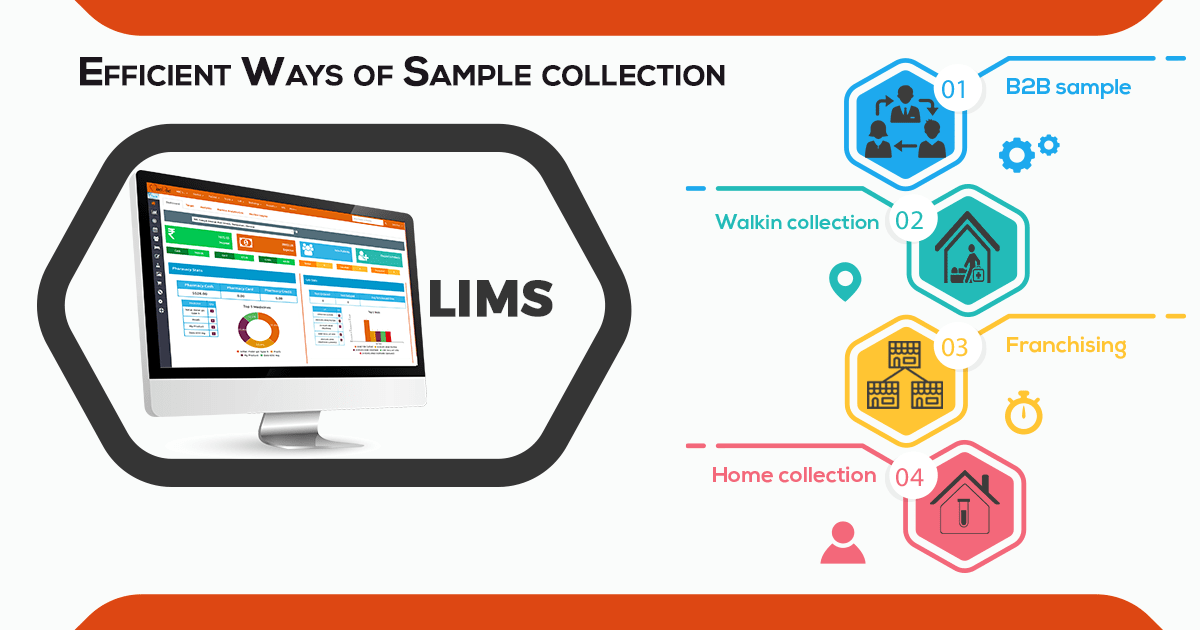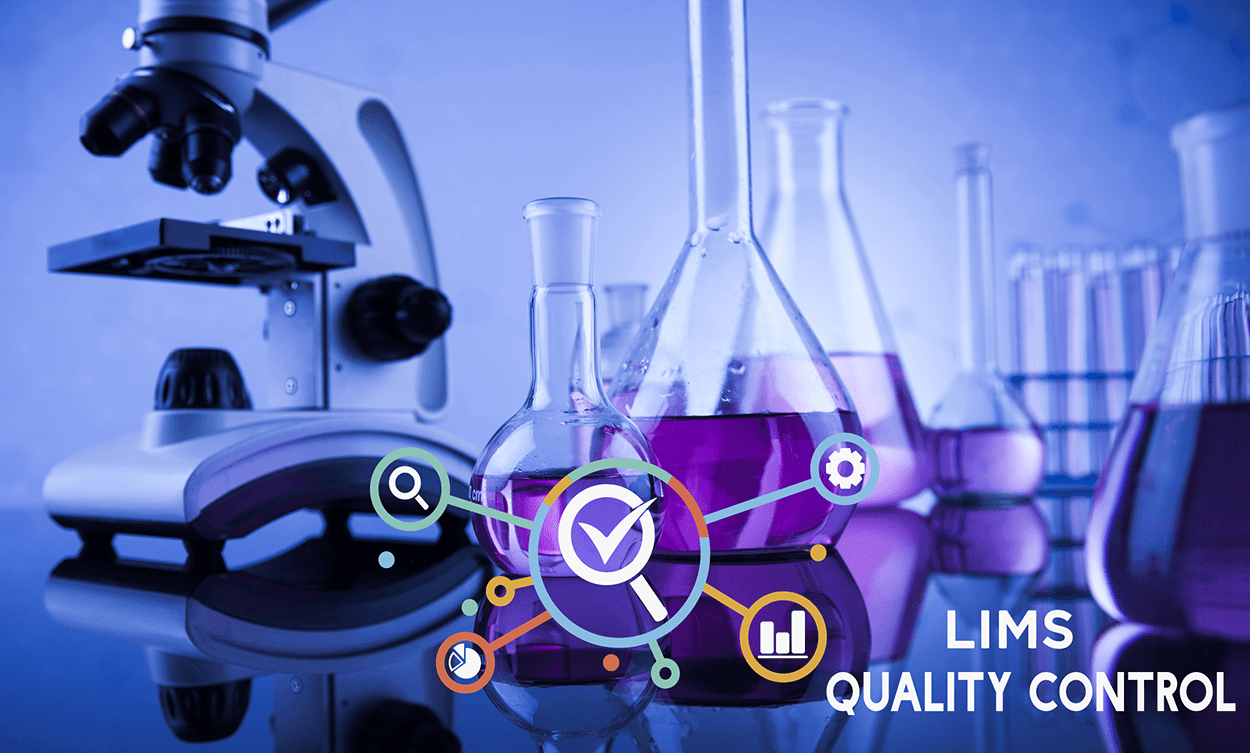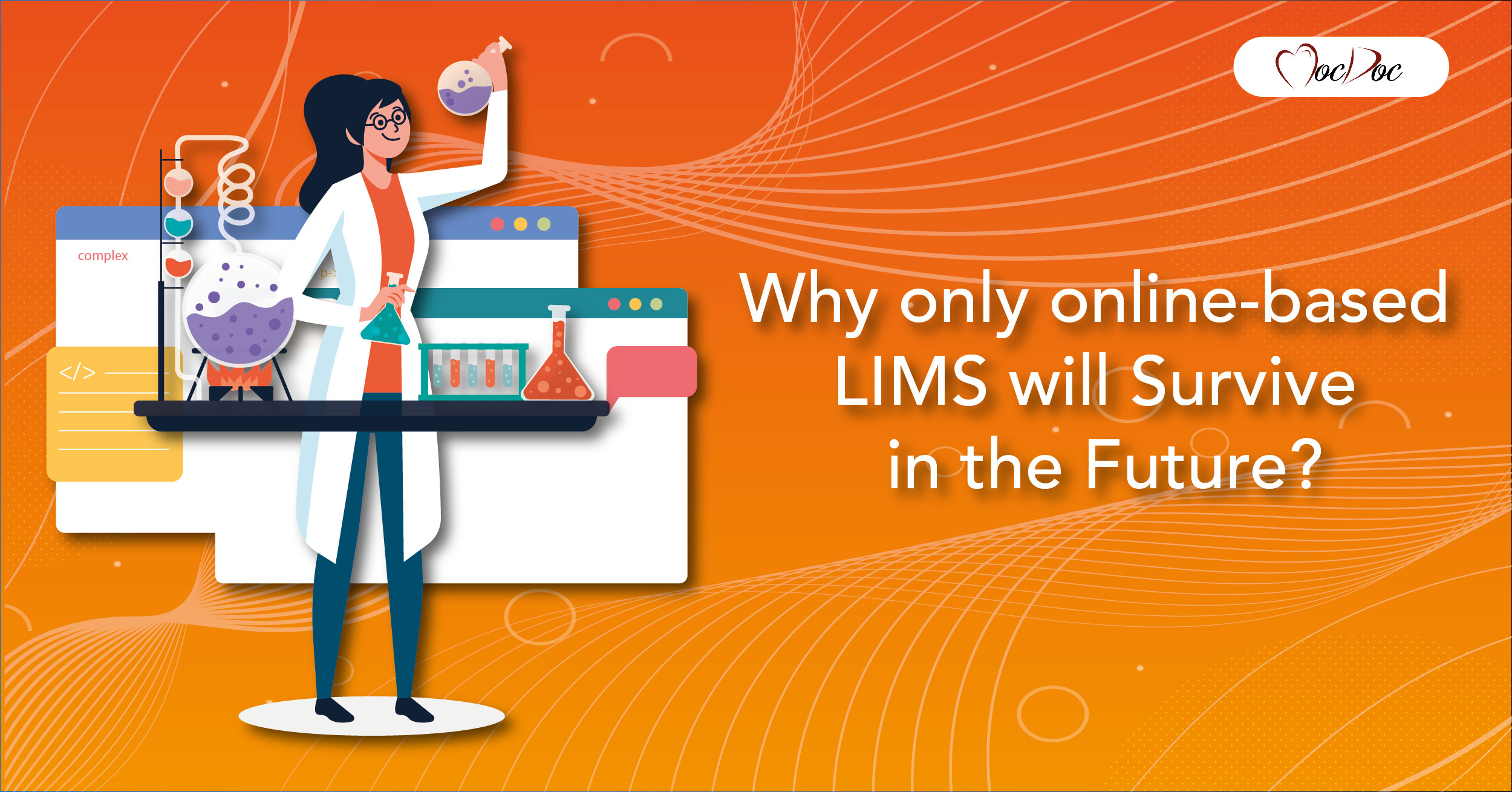MocDoc's Offerings
4 Efficient Ways of Sample collection
Published By
Sanjana
2018100815:02:05
Category LIMS

Investment in health is the best way of investment to lead a full and healthy life. People have started to invest in health and undergo health check-up regularly. People have started to realize that prevention is better than cure, and what better way to prevent than getting regularly tested and check on the well-being.
As the number of labs outgrows every day, utilization of machines to collect samples is also increasing. When labs get more samples to process from various sources, machine interfacing is helping labs in making their work easier and faster. In this blog, let’s discuss some of the best and modern ways by which labs can collect patient samples, avoiding all the hassle. The 4 efficient ways for lab sample collection are:
- Walk-in sample Collection
- Collection of the sample at Home
- Business to business Sample collection
- Franchise-based sample collection
Walk-in Sample Collection:
This method of sample collection is the most personal easily accessible way to collect samples from patients. In this era of online-based life, it is a step towards betterment that laboratory tests are also made available with ease of access.
Patients can directly walk-in into the laboratories and give the samples. Labs will process the sample in the laboratory and give reports. In case, the samples need to be processed by main processing centers, the samples will be sent to the main processing centers and then collected back by the laboratories after the processing is over. Patients will be able to collect their detailed reports from the laboratories they visited.
Sample Collection at Home:
For many patients, deviation in health is a sensitive issue. Sometimes trustworthy lab institutes might be far away from the patient’s home. This leads to long hours of travel and long hours of waiting for the test to be taken by patients. The whole process might be a bit demotivating for the patients and the increase in their stress.
In this case, labs will visit the patient's home and collect samples for testing. The healthcare industry is reaching new heights by making it possible for patients to remain in their safe confinement and get their health tested in their comfortable time without physically leaving their homes.
After collecting the samples they will be processed in the labs or sent to the main processing center and a detailed report will be obtained and sent to the patients.
Home Sample Collection is beneficial for:
- Patients who are bedridden
- Post-surgery patients
- Elderly patients
- Chronically ill patients
- Pregnant ladies
Business-to-Business Sample Collection Lab:
There are more competitors in the field of healthcare than in any other field. Their competition is that they perform better in serving the health of other people. This service needs to be done in an effective and time-saving manner which would put the patient at ease with the laboratory.
Business-to-business helping with sample collection can help you gain more recipients and a number of doctors recommending your clinic. Two or more businesses who are specialize in various fields of laboratory testing can partner up together and jointly help each other in each field. Big labs can partner with small labs and collect samples.
This way the businesses can direct patients who need specific tests in a diagnostic not available in their own lab but available in the partner's lab. Business-to-business sample collection can help them mutually gain a lot of patients and thereby trust in the system.
Franchise-based Sample Collection Lab:
Establishing a fully equipped diagnostic center in a city is viewed more than a business opportunity and as a service to the better health of mankind. Such diagnostic labs should be working in their 100 percent capacity with state-of-the-art equipment that delivers quality results.
Attaining such a high level of quality for the sample collection lab is difficult if you start out fresh. It would be best to join an already established company and start a new franchise that can help in diagnostic sample collection.
Having a franchise with a top company in sample collection and diagnostics will help you better in getting more patients to the lab and better manage the center.
With the already established name and fame of the company, the job for you would be easy.
To know more visit Mocdoc - LIMS Software
Related Articles
Using LIMS for Quality Control...
Keeping up with the fast-evolving world of trends ..... Read more
Why only online-based LIMS wil...
Every modern industry laboratories are under inten..... Read more
Streamlining Sample Tracking w...
Laboratory Information Management System is ..... Read more


